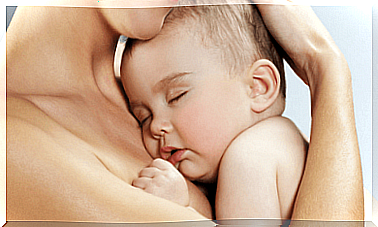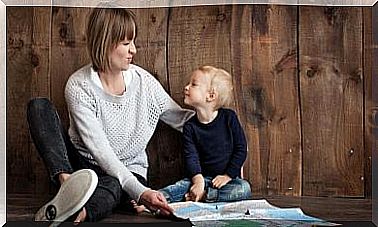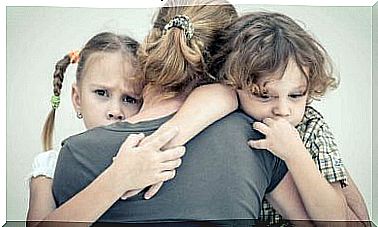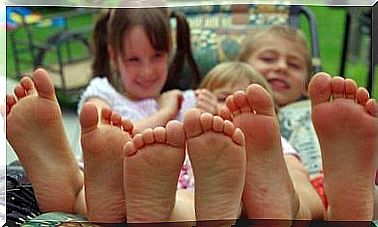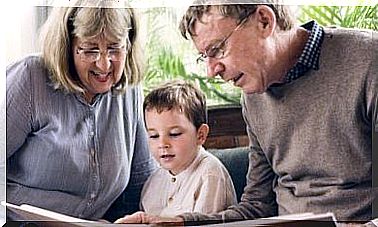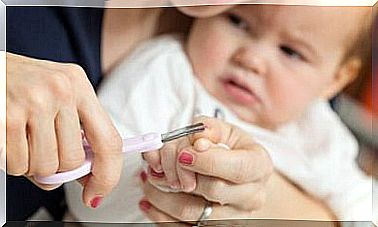How To Explain Attachment Theory With Oranges?

Some of you, when you hear the word “attachment,” may think of a healthy bond between parents and their children. However, this is not entirely true as there are four types of attachment. And there is only one type of attachment that positively affects children and helps them grow emotionally. That is why in this article we explain the attachment theory with oranges.
Personality, emotional management, the way people interact and even the kind of partner they want to spend their lives with are directly related to the kind of attachment they experience during childhood. Want to understand attachment theory in a simple way with oranges? Read more.
Attachment theory explained with oranges
Before explaining the orange attachment theory, let’s first explain what we’re talking about. John Bowlby devoted his life to analyzing the relationship between children and their primary caregivers. He then developed the attachment theory, which is very useful to identify many problems in children and adults.
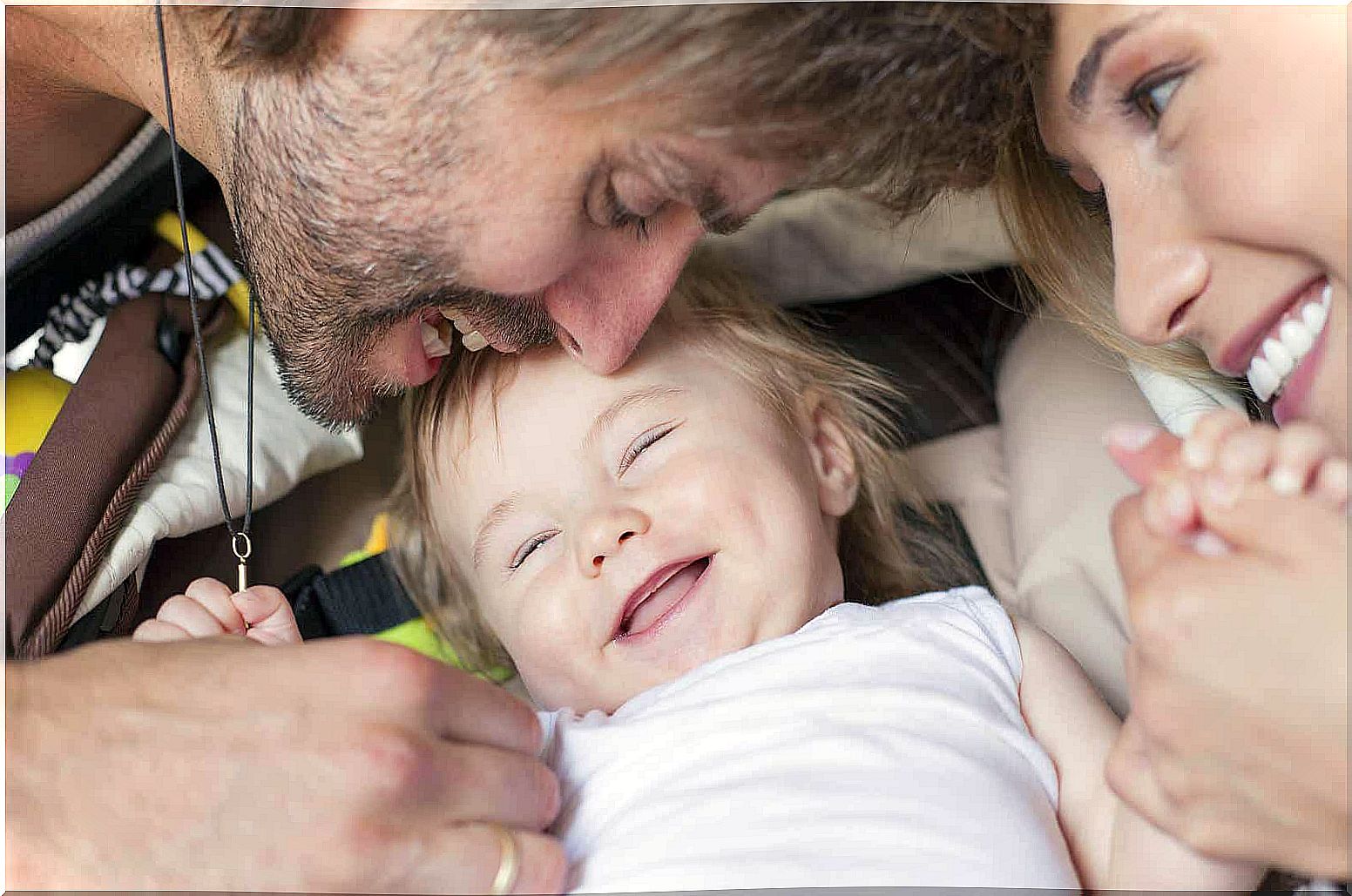
What is attachment? Attachment is an emotional bond or connection between children and their primary caregivers (mother, father, grandparents, etc.) from the day children are born. The goal is to ensure attention and help children shape their personality and promote their psychological development.
How to explain the attachment theory simply?
As we mentioned before, there are four types of attachment or ways to bond with your children. In this article, we try to describe them with oranges, so that you understand them more easily. Actually, this is how Rafael Guerrero explains attachment theory in his book Educar en el vínculo (Education through Binding). So let’s get into it!
Secure attachment: oranges-oranges
Secure attachment is about unconditional support. In this case, children know that their caregiver will not abandon them. In addition, they know that if they have a special emotional need, their primary caregivers will meet it. Let’s look at an example.
Our kids may be sad because their friends at school didn’t want to play with them. First we need to connect with their emotion, and then we will try to calm them down. According to the orange metaphor, here we give them what they need. If they need an orange, we give them an orange.
Avoidant attachment: oranges-tangerines
In this case, children have already accepted that they cannot count on their primary caregivers, which causes them pain and anxiety. This is because when children had an emotional need, their caregiver underestimated it. So if kids needed an orange, they got a tangerine. They may look similar, but they are not the same.
Therefore, children with avoidant attachment learn to avoid asking for what they need because it has been denied in the past. This type of caregiver is very rational, so they find it difficult to understand their children’s feelings as well as their own.
Ambivalent attachment: orange-orange tree
When children with ambivalent attachment have a specific need, their caregivers overreact. So if kids need an orange, they get the whole orange tree. This type of attachment is common in overprotective and emotionally overblown parents.
Disorganized attachment: oranges-nothing
This is the most dangerous and negative attachment. In this case, children do not get an answer when they have a specific need. When kids need oranges, they don’t get oranges, nor tangerines, nor the whole tree.
Carers who form such a bond with their children usually suffer from personality disorders, such as major depression or schizophrenia. In fact, these types of parents can mistreat, abuse, or even abandon their children.
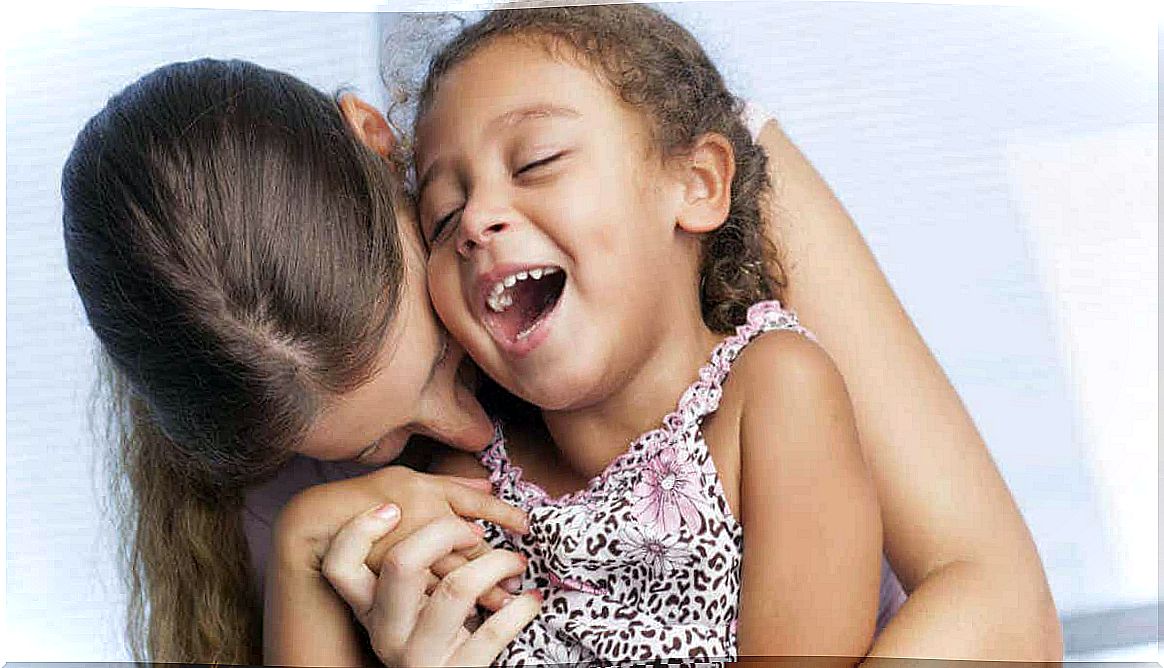
Attachment Theory: Learning to Become Autonomous After Being Dependent
When we are born, we are all immature and dependent on our attachment figures. Over time, we overcome these needs as our parents or guardians take care of us.
By saying that, Rafael Guerrero means that we learn to become autonomous after we have been dependent. By covering our emotional needs, our attachment figures teach us to do it ourselves in the future. As a result, as we get older, we become more and more independent.
Attachment theory explained with oranges…
By explaining attachment theory with oranges, you can understand in a more visual way how bonds are formed between primary caregivers and their children. After reading all this information, you may realize that autonomy and bonding are the foundation of a secure attachment. In addition, both must be in balance.
If you want to know more about this subject, you should read Rafael Guerrero’s book. In his book you will find tips on how to form a healthy bond with your children and how to help them control their emotions and autonomy.


